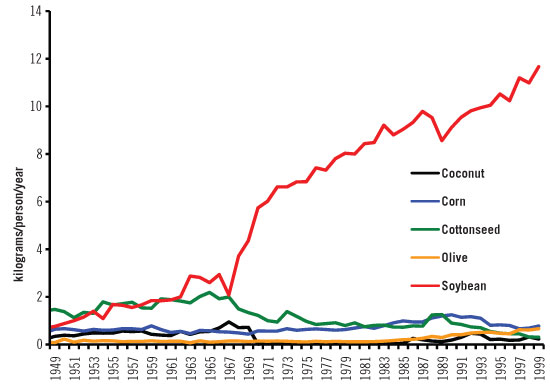Water can be disinfected and in this way made drinkable using the rays of the sun. “Solar water disinfection” – SODIS for short – thus offers a solution for preventing diarrhoea, one of the most common causes of death among people in developing countries.
Clean drinking water in 6 hours
The SODIS method is ideal for treating water for drinking in developing countries. All it requires is sunlight and PET bottles. How does it work? Clear PET bottles are filled with the water and set out in the sun for 6 hours. The UV-A rays in sunlight kill germs such as viruses, bacteria and parasites (giardia and cryptosporidia). The method also works when air and water temperatures are low.
People can use the SODIS method to treat their drinking water themselves. The method is very simple and its application is safe. It is particularly suitable for treating relatively small quantities of drinking water.
Research
Many scientific studies confirmed the effectiveness of the SODIS method. It kills germs in water very efficiently. The method has even been shown to improve the health of the population. Research into training strategies gave insight about which communication methods are most suitable. It has also been proven that the use of PET bottles in the SODIS method is harmless.
Solar water disinfection is a type of portable water purification that uses solar energy to make biologically-contaminated (e.g. bacteria, viruses, protozoa and worms) water safe to drink. Water contaminated with non-biological agents such as toxic chemicals or heavy metals require additional steps to make the water safe to drink.
There are three primary subsets of solar water disinfection:
- Electric. Solar disinfection using the effects of electricity generated by photovoltaic panels (solar PV).
- Heat. Solar thermal water disinfection.
- UV. Solar ultraviolet water disinfection.
Solar disinfection using the effects of electricity generated by photovoltaics typically uses an electric current to deliver electrolytic processes which disinfect water, for example by generating oxidative free radicals which kill pathogens by damaging their chemical structure. A second approach uses stored solar electricity from a battery, and operates at night or at low light levels to power an ultraviolet lamp to perform secondary solar ultraviolet water disinfection.
Solar thermal water disinfection uses heat from the sun to heat water to 70-100 °C for a short period of time. A number of approaches exist here. Solar heat collectors can have lenses in front of them, or use reflectors. They may also use varying levels of insulation or glazing. In addition, some solar thermal water disinfection processes are batch-based, while others (through-flow solar thermal disinfection) operate almost continuously while the sun shines. Water heated to temperatures below 100 °C is generally referred to as Pasteurized water.
High energy ultraviolet radiation from the sun can also be used to kill pathogens in water. The SODIS method uses a combination of UV light and increased temperature (solar thermal) for disinfecting water using only sunlight and plastic PET bottles. SODIS is a free and effective method for decentralized water treatment, usually applied at the household level and is recommended by the World Health Organization as a viable method for household water treatment and safe storage.[1] SODIS is already applied in numerous developing countries. Educational pamphlets on the method are available in many languages,[2] each equivalent to the English-language version.[3]
